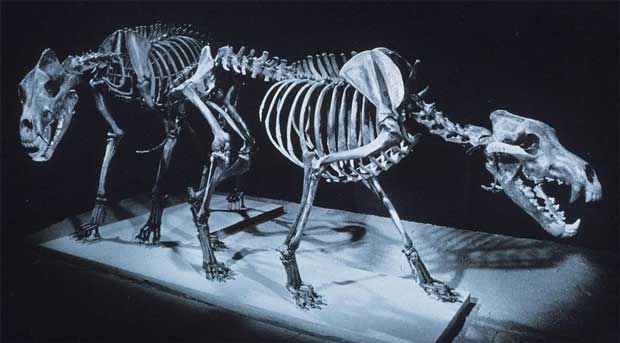
The La Brea Tar Pits: Dire Wolves

Skeletons of dire wolves at the La Brea Tar Pits Museum, Los Angeles
One of the first animals I became fascinated with when I was very little was the dire wolf (canis dirus). This was not for the “dinosaur” reason (although I was also very interested in Sauropterygia), a sense of what-if nostalgia for an unknowable past, but for the opposite, that being just a bit bigger than wolves of today, and relatively recently extinct (in the late Pleistocene, about 10,000 years ago) surely there could be a few hanging out still in the Fagne.
Around the same time I was also horrified to learn of the existence of the La Brea Tar Pits, despite its amazing contents of millions of prehistoric animal remains. I couldn’t stop thinking about all the animals slowly suffocating in the tar. I guess I must have pushed this memory aside somehow because despite knowing that the tar pits were right in the middle of Los Angeles (also from the famous sequence in Bad Influence (1990)), I was astonished to see that the LBTP are immediately adjacent to the Los Angeles County Museum of Art.
Staying just down the street, I can walk through the excavation sites on my way to the museum. As many other people have commented the sunniness and wide-boulevardisation of Los Angeles compared to its low pedestrian density is uncanny already. Most of the time the paths around the tar pits are also eerily quiet. There have been a few days of heavy rain, and during those times of precipitation accumulation, water collects on top of the gravel, the grass, and the tar beneath. It’s a strange thing to witness.
Anyway the La Brea Tar Pits Museum has collected the skulls of more than 400 dire wolves, which yielding lots of information about the sizes and shapes of the animals and even allowed them to be divided into two subspecies, Canis dirus guildayi and Canis dirus dirus.

Bruce Nauman, “La Brea/Art Tips/Rat Spit/Tar Pits,” 1972